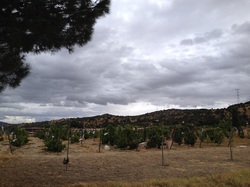
As the fruit ripens, birds, wildcats and foxes start eating it. It is important that the grapes are whole and undamaged and for that we put CDs on strings hanging on the wires. The wind moves the CDs and the reflection of the sun sends the birds elsewhere.
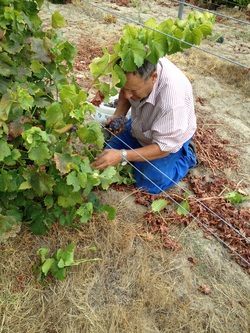
What we had not planned for was rain. When it rains the vines drink the water which in turn goes to the grapes. Rather than concentrated sweet juice which is what you aim for, you would get watery must and wine.
Hand picking grapes is hard work. We had planned the harvest for the weekend to have friends and family helping. The forecasted weather for the weekend was heavy rain non stop for the whole weekend. We arrived on late at night the day before and with 3-4 hours of sleep we started hand picking grapes to avoid the imminent rain.
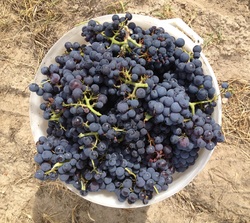
It did drizzle for a few seconds while harvesting, not enough to cause trouble. After we finished picking it rained for three days, first slowly for a few hours, then solidly for a couple of days. By that time we were at the village restaurant, chatting and drinking wine watching people getting soaked.
Overall in the 2013 harvest, we had about 850kgs of grapes, we aim to produce about 500 litres of wine this year.
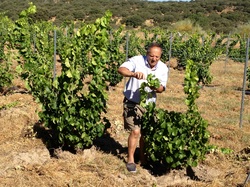
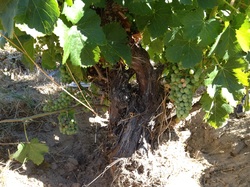
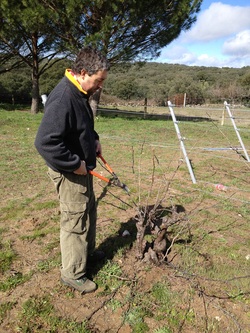
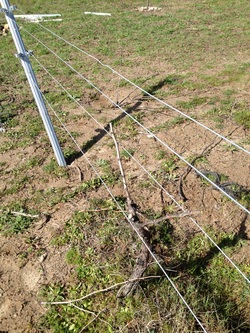
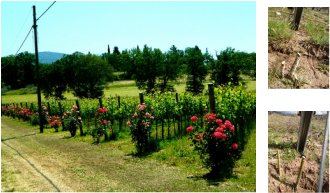
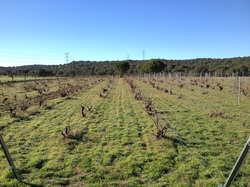

 RSS Feed
RSS Feed
